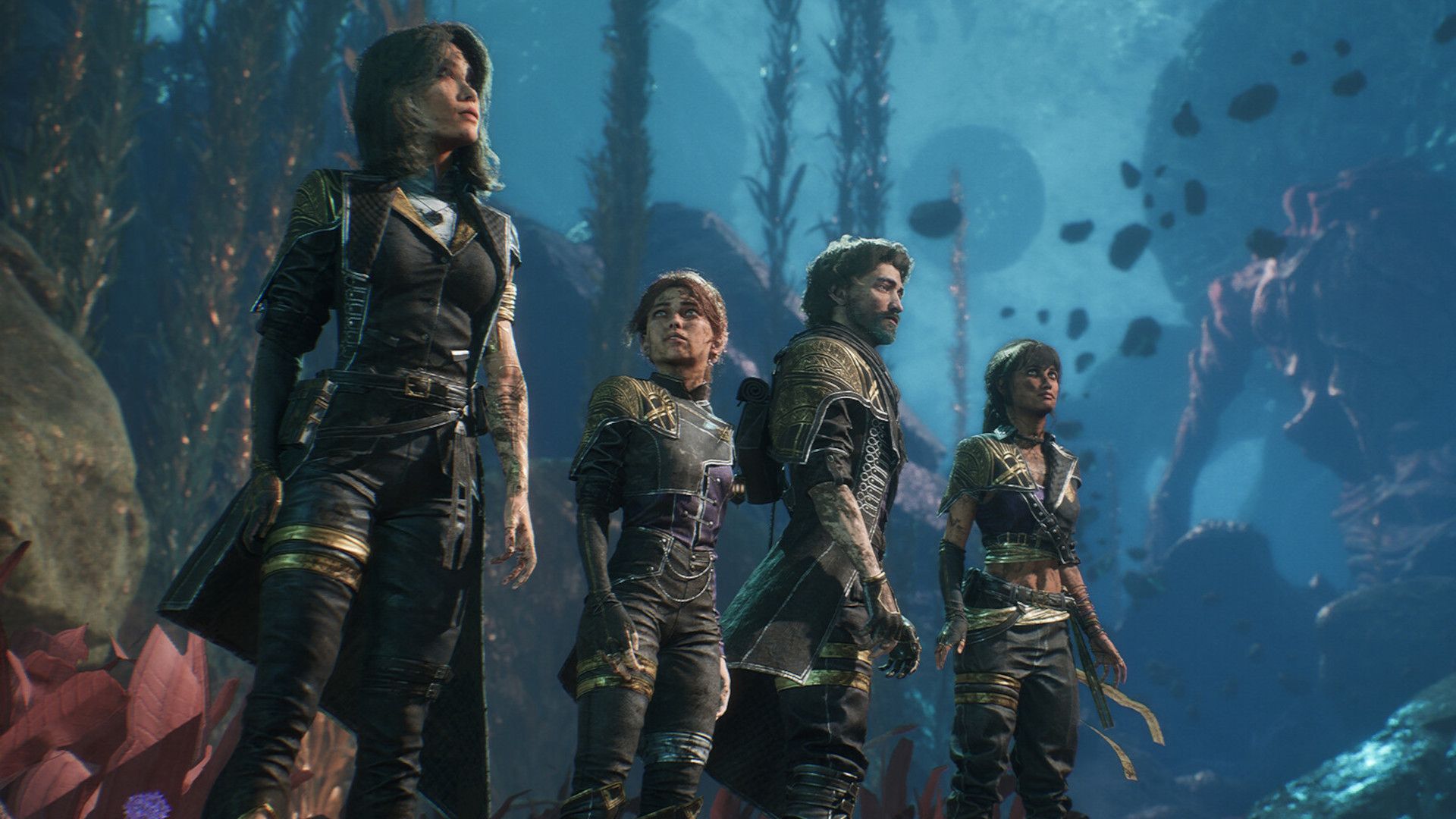![Img 5365[1]](http://e5c351ecddc2f880ef72-57d6ff1fc59ab172ec418789d348b0c1.r69.cf1.rackcdn.com/images/0T_gsZJmsrXC.878x0.Z-Z96KYq.jpg)
Letting your players design the future of your game is a risky choice, but it can also have some unexpected benefits—even if it doesn’t solve the problems you wanted it to. That’s what David Osborne, the lead designer on RuneScape, had to say during his talk at GDC about RuneScape’s experimental crowdsourced design program.
“From our experience,” says Osborne, “a limited number of players are interested in developing ideas. And there’s a limited shape of those ideas—you will not get a full, broad range.”
Over the past few years, Jagex has been implementing ways to bring their players into the design process. From in-game polling to decide future updates, to the creative Runelabs, where players can pitch ideas and see them brought to life, RuneScape had over one third of its content released since 2013 dictated by the will of its players. But the program wasn’t a complete success.
During the talk, Osborne profiled three ways Jagex tried to invite players into the design process. While extensive polling of every proposed update drove engagement, it also created problems because players couldn’t always understand the intention of a feature—especially those meant for monetization. “Players do not value or understand everything in the game,” Osborne says.
![Img 5366[1]](http://4d663a369f9f03c3c61e-870e77779efd63f7bd6c2ee08d8cfae6.r2.cf1.rackcdn.com/images/3uaY8FvEmB_H.878x0.Z-Z96KYq.jpg)
Jagex then moved to publishing extensive design documents meant to educate players better, but found the process to be extremely taxing and exhaustive. That’s when Runelabs was introduced to give players full control. Even then, Osborne says that engagement was so low that less than 0.01 percent of players were determining over one third of RuneScape’s future updates. Many simply weren’t interested. “[Players] were perfectly happy with the [existing] contract between developer and consumer,” Osborne explains. “They liked being given game content and then playing it.”
Even more disappointing was that many of the proposed ideas for Runelabs had little to do with creating new mechanics or systems. Instead, most ideas that were popular among the players had to do with bug fixes, creation of new story elements, and addition of simple content like “more dragons.”
But by letting players peek past the curtain into the design process, a more meaningful relationship began to take form. “There is such value in bringing players into a design process,” Osborne says. “There’s more conversation, and we know that when players are talking, they are more engaged. When they’re more engaged, they are more retained.”
![Img 5367[1]](http://36646d87786feafc0611-0338bbbce19fc98919c6293def4c5554.r0.cf1.rackcdn.com/images/EPO0nWenTLVa.878x0.Z-Z96KYq.jpg)
For Jagex, their foray into crowdsourced game design was “trying to solve a problem that wasn’t there.” But it also led them to discover a huge, unintentional benefit. By being more transparent in the design process, Osborne has found that RuneScape’s players are far more in tune with the struggles of designing a game. “The culture shift between the relationship with our playerbase and us is huge,” says Osborne. “Our players now understand their own community, they understand their own player-types, and they understand the difficulties of design.”
Moving forward, Osborne says that Runelabs will be slowly discontinued in favor of a system that better reflects the lessons they’ve learned during this experiment. By combining the positives of each branch, like polling, publishing design documents, and Runelabs, Jagex is creating a hybrid that still allows players to vote for big content updates while allowing Jagex the freedom to handle smaller initiatives independently.
Osborne isn’t convinced that completely crowdsourced game design can work—at least not when stapled onto games that aren’t built for it. But because the process created a closer relationship between Jagex and its audience, he considers Runelabs a big success. “The cost, for us, has been worth it. We do have a healthier game for it.”


